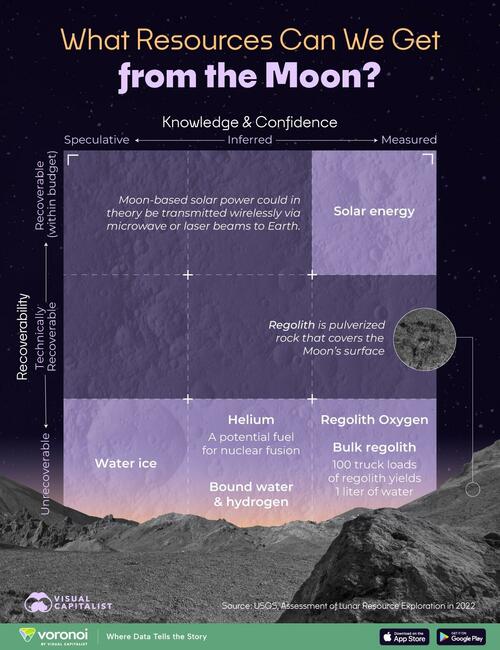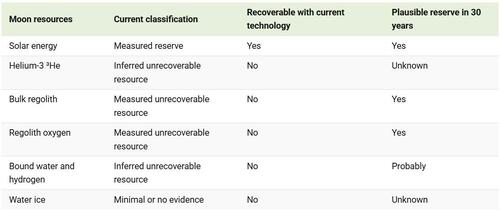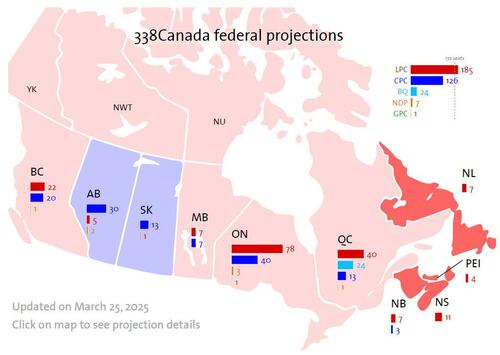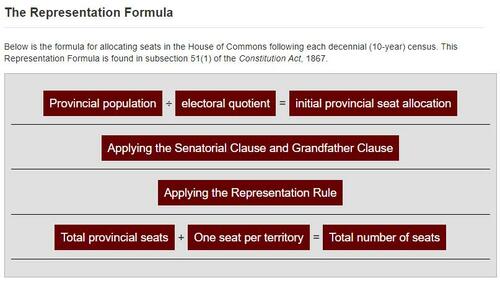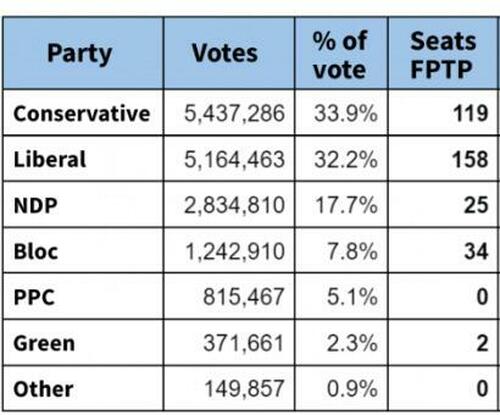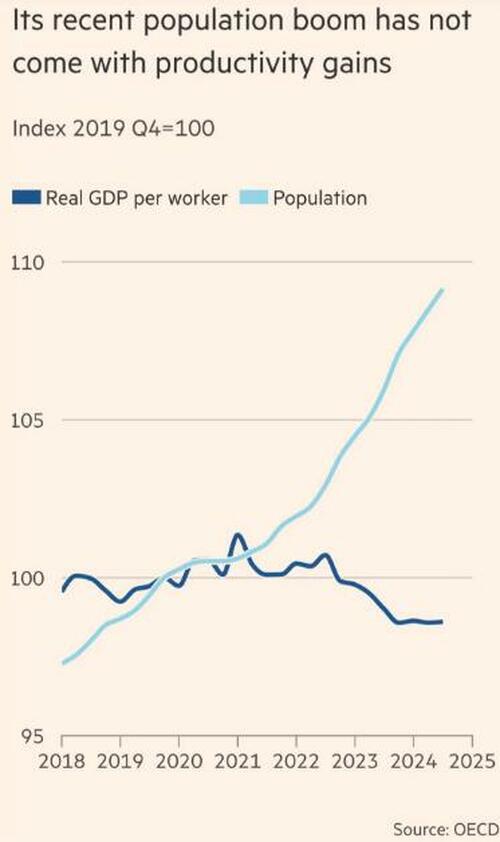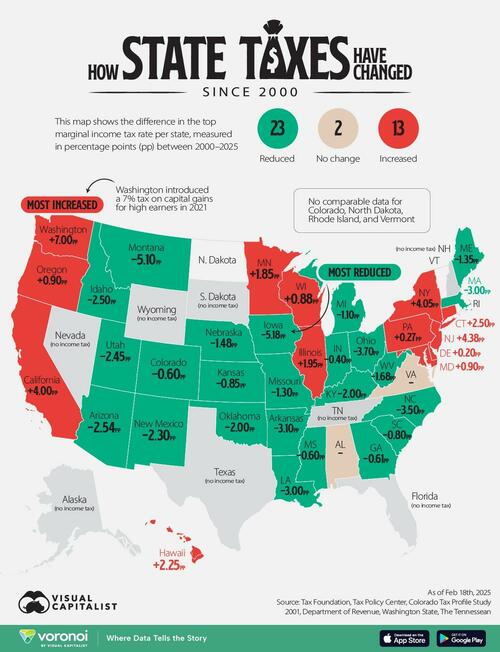Authored by Bob Ivry and Jeremy Portnoy via RealClearInvestigations,
In 1974, Congress created the Legal Services Corporation to connect lower-income Americans involved in civil disputes with free legal help. The law that established the agency stipulated that authorization for its funding would expire in 1980, when lawmakers were required to vote on whether to keep it alive.

They never did. Still, Congress has funded LSC every year since. In fiscal 2025, its 51st year, LSC’s 135 employees will spend 95% of its now $560 million annual budget paying legal groups to represent Americans in cases such as eviction, domestic violence, and disputes over government benefits, according to Ron Flagg, the agency’s president since 2020.
“LSC would welcome reauthorization,” Flagg said. “We haven’t hidden from it. Every budget cycle, we go through an exhaustive process before Congress appropriates funds — dozens of meetings with leaders of both parties. We demonstrate our return on investment, how we help 2 million Americans get life-saving legal help.”
The Legal Services Corp. now stands as America’s oldest “Zombie” program, but it’s far from unique. At a time when the Trump administration is moving aggressively to scale back government, including eliminating the entire Education Department, it’s sobering to note that 1,503 agencies or programs live on despite expired authorizations, according to the Congressional Budget Office. Another 155 will expire on Sept. 30. The Zombies, nearly half of which have been officially dead for more than a decade, persist in a budgetary netherworld. In a deep dive last year, CBO analysts were able to find dollar amounts for 491 of the programs, with total expenditures of $516 billion. They don’t know how much funding the other programs received.
The total federal budget in 2024 was $6.8 trillion, meaning expired Zombie programs take up at least 8% of the budget, and likely much more.
“A lot of programs don’t get reauthorized because Congress is okay with how they’re operating,” said Josh Huder, former congressional staffer now at the Georgetown University Government Affairs Institute. “They continue to get annual appropriations because most members think they’re worthwhile.”
Many Zombie programs now soak up far more funding than lawmakers originally envisioned. The Federal Election Commission, for example, was expected to spend $9.4 million per year before its authorization expired in 1981. Yet the agency continued to receive funding and spent $95 million in 2024, auditors at government watchdog Open The Books found. The Federal Communications Commission was originally allocated $339.6 million per year. Its funding authorization expired in 2020, yet it spent $28.4 billion last year.
Elon Musk’s Department of Government Efficiency hasn’t addressed the Zombies that are prowling the federal spreadsheets. Given DOGE’s headlong push to first root out alleged waste, fraud, and abuse and ask questions later, experts say, Zombies may offer a ripe target.
“One could imagine that if DOGE is clued into the notion of expired authorizations, they’ll think a program is defunct,” said Sarah Binder, senior fellow at Brookings and professor of political science at George Washington University. She said this would be a mistake. “If Congress is still appropriating money to the programs, they’re not Zombies. They’re living, breathing agencies.”
Binder says the fault lies not with the agencies, some of which have become important enough to be household names, but Congress. Lawmakers have made it so difficult to accomplish their most fundamental tasks, such as funding the government for another year, that they hardly ever get around to doing other important things, such as reauthorizing existing programs.
The Foreign Relations Authorization Act, for example, expired in 2003. Yet in 2024, Congress spent $38.4 billion on 24 of the law’s programs, allowing legislators to influence the White House’s foreign policy and security assistance to other nations.
The House Committee on Energy and Commerce, now led by Rep. Brett Guthrie (R-KY), supported the funding of 346 expired programs, more than any other committee, the CBO found. The Senate Committee on Health, Education, Labor and Pensions, now chaired by Sen. Bill Cassidy (R-LA), spent more identifiable money than any other group: $153.5 billion.
“Congress’ job doesn’t stop when they allocate the money,” said Casey Burgat, professor at George Washington University’s Graduate School of Political Management. “They have to oversee it. And when they fail to do that they open themselves up to somebody else doing that. In this case, an aggressive executive branch in the form of DOGE.”
Of the 1,503 agencies or programs, 22 remain alive that required a reauthorization vote as long ago as the 1980s, according to the CBO. In addition to the Legal Services Corp., whose authorization expired in 1980, and the FEC (a 1981 reauthorization deadline), the Federal Energy Regulatory Commission, or FERC, which oversees the country’s power grids (1984) and the Energy Information Administration, or EIA, whose data informs U.S. policymaking (1984), are among the Zombies pushing middle age.
Congress has appropriated annual funding for EIA since its inception in 1977, the agency said in an emailed statement. “Subsequent legislation has continued to direct EIA to conduct data collection, analysis and dissemination activities consistent with our mission as the nation’s premier source of energy information.” Spokespeople for the FEC, FERC, and the CBO declined to comment.
Another Zombie, the U.S. African Development Foundation – whose authorization expired in 1987 – made headlines earlier this month when its officials blocked DOGE staff from entering their offices in Washington.
Congress has a history of denying or skipping reauthorizations. In the 1980s and 90s, former North Carolina Republican Sen. Jesse Helms became famous for holding up authorizations of the State Department, which he often found insufficiently vigilant against Communism. The frequent flare-ups between Helms and the diplomats of State earned him the nickname “Senator No.” And NASA, the widely respected space program, recently went through periods of time when Congress funded it but didn’t reauthorize it.
The CBO’s list of 1,000-plus agencies and programs with expired reauthorization deadlines offers a window into the variety and volume of federal government activity, from grants to remove lead from drinking water and protect against radon to collecting statistics on prison rape. Lawmakers seem to be nursing a mild obsession with fish. Over the years, they’ve funded without reauthorization a herring study, for instance, and programs to help Atlantic striped bass and tuna thrive. It seems part of a larger interest in wildlife, which includes conservation programs for elephants, rhinos, and tigers and the control and eradication of the venomous brown tree snake, an invasive pest infamous for devouring a scary chunk of Guam’s bird population.
Environmental and health programs populate the list, from monitoring water quality at beaches and the Energy Star appliance program to medical care for children with asthma and funding for the National Center for Birth Defects and Developmental Disabilities. There are also provisions for improving airport security, protection for railroad first responders, and working capital for the Department of Homeland Security. Like a cherry on top, there’s also funding for the Office of Government Ethics.
Congress, whose 29% job-approval rating in February was the highest in four years, would probably “have a hard time assembling a list of programs that they’ve authorized,” said Burgat of George Washington University. “It’s a power void.”
‘Congress Doesn’t Have the Time’
‘DOGE steps into that vacuum with constitutional limitations. In 1974, Congress enacted the Impoundment Control Act, which prohibits presidents from refusing to spend the money that Congress allocates.
The Trump administration has challenged the constitutionality of the impoundment law, and DOGE is an ongoing test of the separation of powers between the legislative branch and the executive.
“Authorizations and appropriations are both law,” said Brookings’ Binder. “As long as Congress is voting to spend money on these programs, it would be an impoundment to close them. It would be unconstitutional.”
To remedy the situation, Congress would have to go through the list of Zombies and decide whether to reauthorize each one, a tedious process that evidently has hovered nowhere near the top of its priority list. “Congress doesn’t have the time to do good institutional housecleaning,” Binder said. “There are a lot of little programs, but also a good deal of big ones. They don’t have the capacity to keep tabs on the authorizations.”
For now, Ron Flagg of Legal Services Corp. waits with a cautious optimism, wary about how DOGE will perceive his agency but confident that after a half century, LSC has the ability to stand up for itself.
“During the first Trump administration we got a raise in money because Congress members don’t view our work as a partisan issue,” Flagg said. “LSC has an ability to go to Congress with the facts. We publish grants, we tell you how many people were served and how many cases were closed and how technology has been advanced and how funding has been leveraged by volunteers. We’re able to make those points to Congress as part as the annual funding process.
“I’m not sure other agencies have the same ability to advocate for the quality of their work.”
